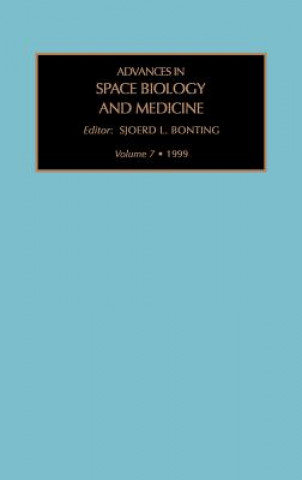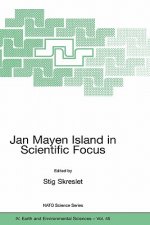
Dostawa
Doradca ds. zakupów
16 114 193 książek w 175 językach







Pokaż wszystkie języki (175)





Jednak się nie przyda? Nic nie szkodzi! U nas możesz zwrócić towar do 30 dni
 Bon prezentowy
O dowolnej wartości
Bon prezentowy
O dowolnej wartości
Bon prezentowy to zawsze dobry pomysł. Obdarowany może za bon prezentowy wybrać cokolwiek z naszej oferty.
Advances in Space Biology and Medicine
 Angielski
Angielski
 447 b
447 b
30 dni na zwrot towaru
Mogłoby Cię także zainteresować


During the past several years there has been a shortage of flight opportunities for biological and medical projects. And those that were available usually had severe restrictions on instrumentation, number of subjects, duration, time allotted for performing the experiments, a possibility for repetition of experiments. It is our hope and expectation that this will change once the international Space Station is in full operation. The advantages of a permanent space station, already demonstrated by the Russian Mir station, are continuous availability of expert crew and a wide range of equipment, possibility of long-term experiments where this is waranted, increased numbers of subjects through larger laboratory space, proper controls in the large 1-G centrifuge, easier repeatability of experiments when needed. The limited number of flight opportunities during recent years probably explains why it has taken so long to acquire a sufficient number of high quality contributions for this seventh volume of "Advances in Space Biology and Medicine". While initially the series was sailed at annually appearing volumes, we are now down to a biannual appearance. Hopefully, it will be possible to return to annual volumes in the future when results from space station experimentation at begin to pour in. The first three chapters of this volume deal with muscle. Fejtek and Wassersug provide a survey of all studies on muscle of rodents flown in space, and include an interesting demography of this aspect of space research. Riley reviews our current knowledge of the effects of long-term spaceflight and re-entry on skeletal muscle, and considers the questions still to be answered before we can be satisfied that long-term space missions, such as on the space station, can be safely undertaken. Stein reviews our understanding of the nutritional and hormonal aspects of muscle loss in spaceflight, and concludes that the protein loss in space could be deleterious to health during flight and after return. Strollo summarizes our understanding of the major endocrine systems on the ground, then considers what we know about their functioning in space, concluding that there is much to be learned about the changes taking place during spaceflight. The many problems of providing life support (oxygen regeneration and food supply) during extended stay on the Moon, on Mars, or in space by means of plant cultivation are discussed by Salisbury. The challenges of utilizing electrophoresis in microgravity for the separation of cells and proteins are illustrated and explained by Bauer and colleagues. Finally, the chapter on teaching of space life sciences by Schmitt shows that this field of science has come of age, but also that its multidisciplinary character poses interesting challenges to teaching it.
Informacje o książce
 Angielski
Angielski




 Jak kupować
Jak kupować



























